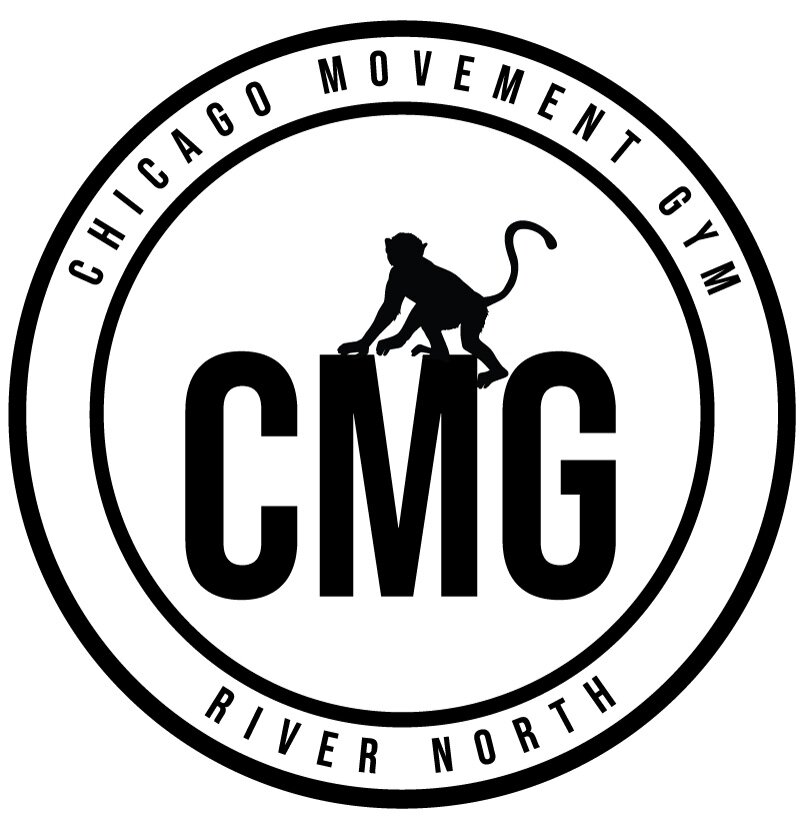what can i do to get a handstand?
Handstand progressions are essential for building the strength, balance, and technique required to perform a stable handstand. Here are some effective progressions that can help you develop a solid handstand:
1. Wrist and Shoulder Mobility
Before starting handstand progressions, it's crucial to have good wrist and shoulder mobility. Incorporate the following exercises into your warm-up routine:
- **Wrist stretches:** Flexion and extension stretches to prepare the wrists for bearing weight.
- **Shoulder stretches:** Wall slides, shoulder dislocates with a band, and overhead stretches to improve shoulder mobility.
2. Plank and Hollow Body Hold
Building core strength and stability is foundational for handstands.
- **Plank:** Hold a plank position, ensuring a straight line from head to heels and engaging the core and shoulders.
- **Hollow body hold:** Lie on your back, lift your shoulders and legs off the ground, and maintain a hollow position by engaging the core.
3. Pike and Elevated Pike Holds
These exercises help develop the shoulder strength and body alignment needed for handstands.
- **Pike hold:** Start in a downward dog position, then walk your feet closer to your hands to create a pike position. Hold this position while keeping your shoulders active.
- **Elevated pike hold:** Place your feet on an elevated surface like a bench or box and assume a pike position. This increases the load on your shoulders and mimics the handstand position more closely.
4. Wall Walks
Wall walks help build strength and familiarize you with being upside down.
- **Wall walks:** Start in a plank position with your feet against the wall. Walk your feet up the wall and your hands closer to the wall until you are in a chest-to-wall handstand position. Reverse the movement to return to the starting position.
5. Wall Handstand Holds
Practicing against a wall helps build endurance and proper alignment.
- **Chest-to-wall handstand:** Face the wall and walk your feet up until you are in a handstand position with your chest close to the wall. Hold this position, focusing on maintaining a straight line from hands to toes.
- **Back-to-wall handstand:** Kick up into a handstand with your back against the wall. This position helps you get comfortable with balancing upside down.
6. Shoulder Taps and Shifts
These exercises improve balance and shoulder stability.
- **Shoulder taps:** In a chest-to-wall handstand position, lift one hand and tap the opposite shoulder. Alternate sides, maintaining balance and control.
- **Weight shifts:** In a back-to-wall handstand position, shift your weight from one hand to the other, lifting one hand slightly off the ground.
7. Freestanding Handstand Attempts
Once you have developed strength and balance with wall exercises, start practicing freestanding handstands.
- **Freestanding handstand:** Kick up into a handstand without the wall. Focus on maintaining core engagement and proper body alignment. Use a spotter or practice on a soft surface to ensure safety.
8. Handstand Walking and Presses
Advanced progressions include handstand walking and press handstands.
- **Handstand walking:** Once you can hold a freestanding handstand, practice walking on your hands to further develop balance and coordination.
- **Press handstand:** Start in a straddle or pike position and press into a handstand using only your core and shoulder strength. This advanced move requires significant strength and control.
Consistency and Patience
Consistent practice is key to mastering handstands. Progress at your own pace and focus on maintaining proper form and alignment. Incorporate these progressions into your training routine, and gradually increase the duration and difficulty as you build strength and confidence. Chicago movement gym sessions will add the layers to help you achieve a handstand.
